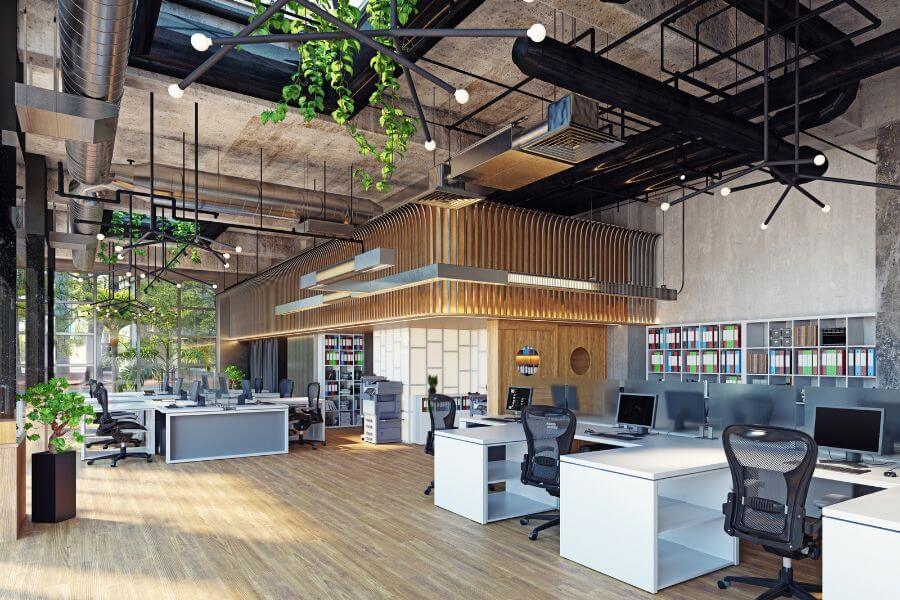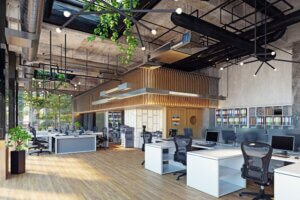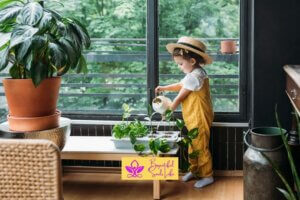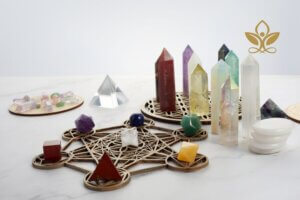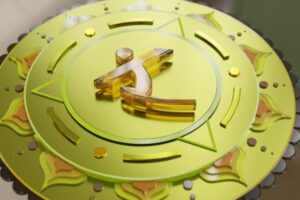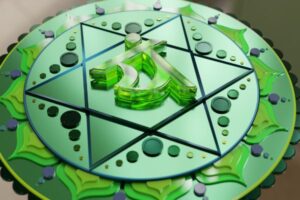Biophilic design in architecture is a promising look at our future. It addresses the human need to be a part of nature in our immediate surroundings. The beauty of this design is that it involves using natural materials. To achieve this style, designers use natural materials, natural light, greenery and vegetation, views of nature.
By definition, Biophilia is the inherent human compulsion to commune with nature. We are a part of the world regardless of our awareness. Plus, the moral compass of Biophilia architecture is that humans cannot grow naturally without nourishing their relationship with the earth. We can build this into a normal part of every day life.
Biophilic Design in Architecture ♲
Humans are not drones to be kept in cubicles.
“We put people in windowless offices and give them a computer and a desk and think they should be able to work just fine because they’ve got all the obvious things they need, like air to breathe, artificial light to see by and access to all kinds of information,” Kellert says. “But we find that they don’t actually work all that well in those kinds of environments. They are more likely to experience fatigue, lack of motivation and higher rates of absenteeism. If you just put certain aspects of nature into these environments, it actually results in improved well-being and productivity.”
Stephen R. Kellert, author of Birthright: People and Nature in the Modern World
Although human evolution largely derives from living in the natural world, most people spend about 90 percent of their time indoors. Employers traditionally give people a desk, a cubicle, a phone, a computer, etc. Thinking that all the needs are met – that should suffice – right?
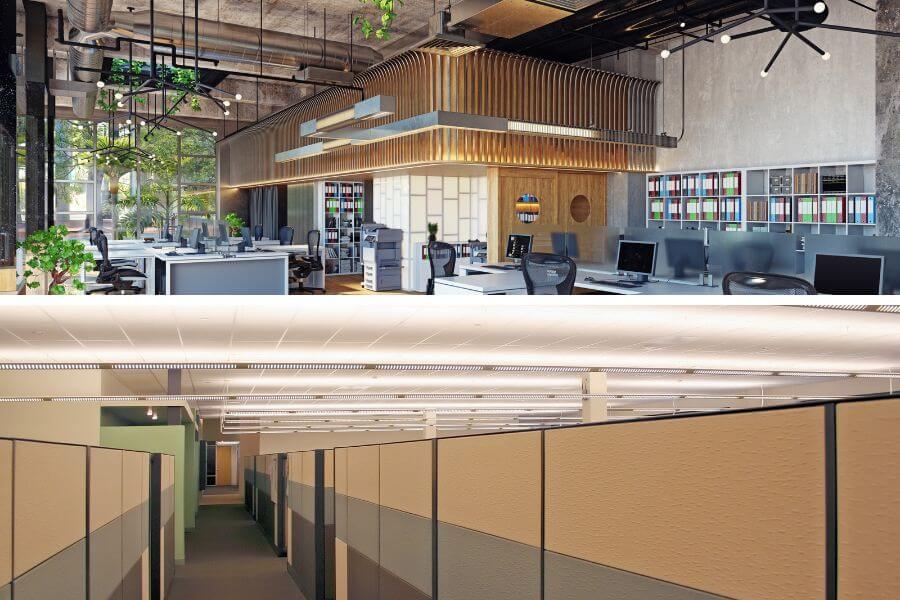
Working 8 – 5 in the traditional “away-from-home” office is one of the largest contributor to this unfortunate state of living. Starting at home where you control your intimate environment is the first place to start. But if you work 8 – 5 as more people in the world do, then the working intimate environment is equally important.
The over-arching fact is, all living beings on Mother Earth are dependent on the quality of our relationship with the natural world. This is true not only in our homes but also in our workplaces. What’s coming to light is that humans need more than electronics and neat little windowless cubicles to thrive.
Biophylic interior design increases well-being and positive ROI.
I worked for 45 years in offices with cubicle and I was never comfortable in the office environments I worked in. No matter how hard I tried, I simply couldn’t wait until it was 5 pm. How many millions of honest hard working humans on this planet are going through the same unhappiness and discomfort every day of their lives? After all, not everyone is a rock climber or even has a front or back yard or access to those types of outlets to balance their lives.
Instead, most working families are balancing budgets with children, pets, mortgages and are just trying to find moments of joy in everyday activities. Why not provide working environments that produce joy rather than the feeling of wanting to escape whenever possible? Why not give employees incentive to work in an environment of earthly creativity, and serenity, while honoring the natural gifts of Mother Earth.
Of course it matters how ergonomic and efficient an office design might be. However, if you also add natural sunlight and other infusions with nature, it improves everyone’s well-being and the positive productivity of your business outcomes and ultimately, your ROI. That’s a win-win solution for everyone’s benefit.
Biophilic design promotes the human connection.
The human connection with our immediate or intimate environment proves highly important. Within this trend, designers are striving to design spaces that feel so comfortable a bond is created with that space. This bond not only increases the desire to be in that space but also creates a more productive and therefore, satisfying work environment.
Then, the next ‘natural step’ is the inherent human desire to sustain and improve the surroundings. That’s an intangible benefit that becomes tangible over time. In other words, it makes biophilic design in architecture a sustainable design that continually improves naturally over time.
Biophilic Design: How to Humanely Include Earthly Elements in Your Home or Office Share on XAcross the continuum of biophilic design.
This design is not only for homes and offices. Rather, architects and engineers are incorporating it into hospitals, universities, banks, and architectural offices, to name a few. It’s especially helpful for health care facilities for those experiencing aging transition where it aids in creating a therapeutic environment. Doing so creates a more positive, less alienating environment for our transitional aging citizens. How compassionate is that?
Another topic that is in step with biophylic design is in the design of our own homes. Below are some interesting examples of biophylic architecture in smaller structures as alternatives to more traditional housing. We all need new ideas about how to live more authentically with Mother Nature – right? It never hurts to dream. Remember, our dreams are the previews of our coming lives.
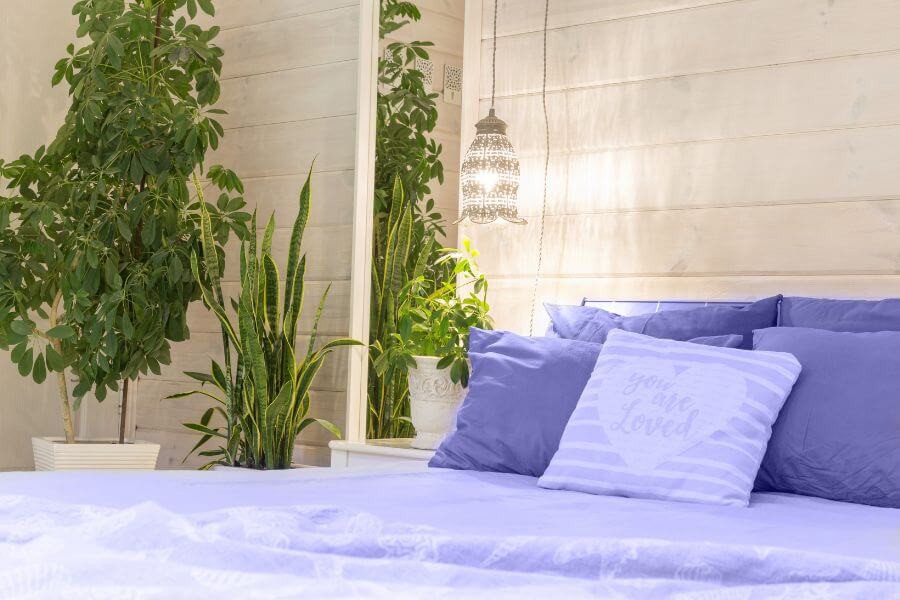
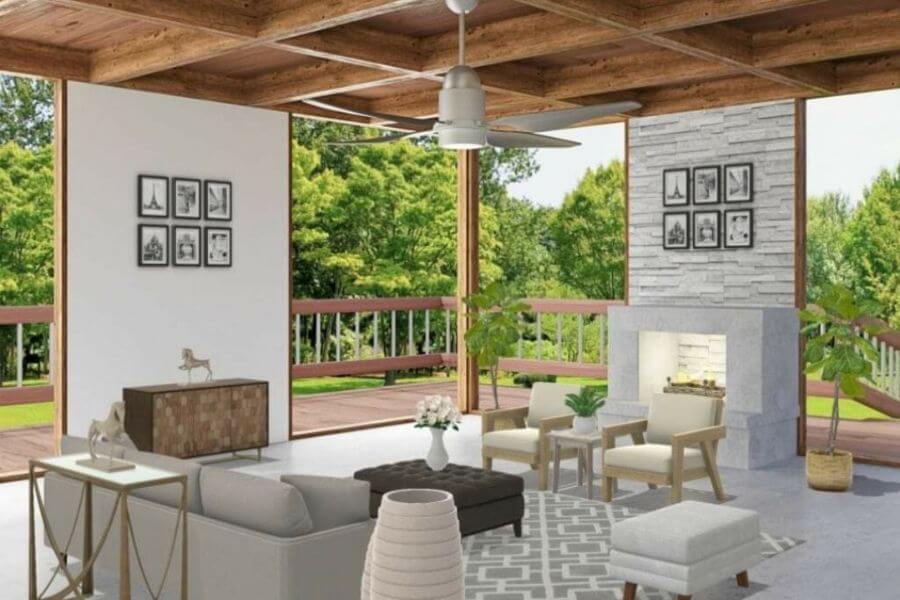
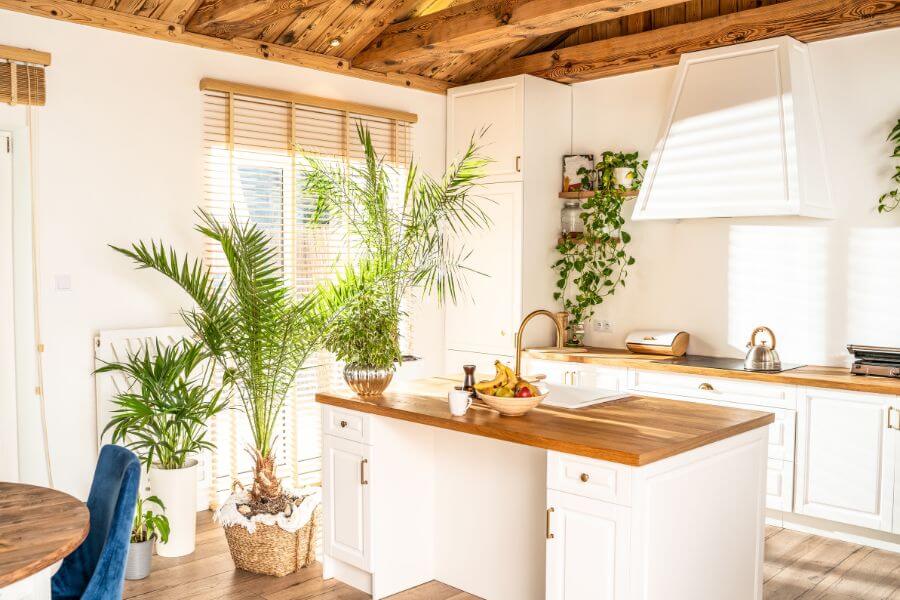
Conclusion
It is our wish that you find this post enlightening and helpful. If you have any questions or suggestions, we love to hear from you in the comments below. Also, kindly accept our invitation to join our group on Facebook to surround yourself with kindred spirits and post your encouraging messages.

